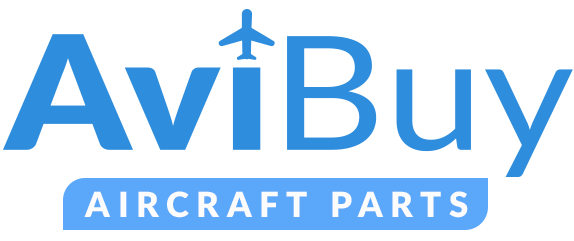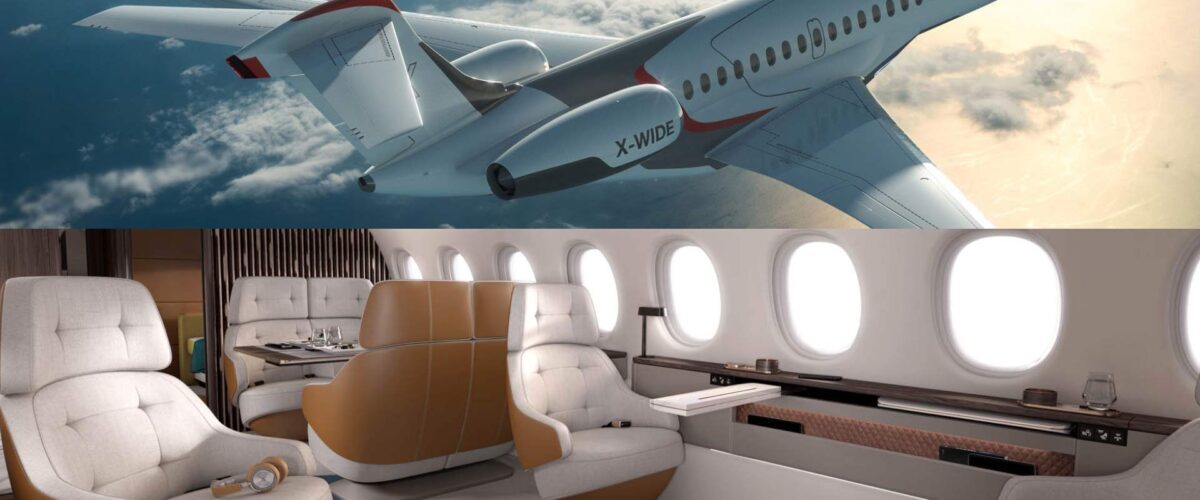Dassault is at the forefront again, designing its large-cabin, ultra-long-range, Falcon 10X for single-pilot operations in the cruise phase. The European Union Aviation Safety Agency is currently assessing the extended minimum-crew operations (eMCO) concept, which aims to stretch the maximum flight time limitations by prolonging in-flight rest for pilots. If approved, the Falcon 10X, equipped with the latest digital flight control technology, will require only two pilots, without the need to rotate a third during long-haul flights. The Falcon10X may become the first ‘large aeroplane-category’ aircraft designed for single-pilot operations (under the European Union Aviation Safety Agency’s (EASA) classification – CS25). This would be a major step for the aviation industry, and in particular would have a significant impact on business jets.
Three Benefits of Single-Pilot Operations
By reducing the number of crew members required, single-pilot operations would:
Lower operating costs, through reduced crew costs. (In the new Falcon 10X, a crew rest compartment in the passenger cabin space would also not be needed).
Reduce the strain on the pilot shortage, which was an increasing issue even before Covid19.
Ease the perennial scheduling challenge for operators as there would be one fewer pilot to schedule for each flight.
Overcoming Challenges of Single-Pilot Operations
The concept is not new. Airbus has been investigating the idea for decades, as has NASA with their idea of a one-seat cockpit for a captain and one on the ground for the first officer. Dassault looks set to make it a reality.
Currently, for two crew operations, the EASA allows a pilot to rest in the cockpit for 30 mins (with 10 minutes of actual sleep expected). It is worth noting that the FAA does not allow napping. The short rest timeframe is intended to reduce fatigue and increase alertness. At the same time the rest is not sufficiently long for a pilot to fall into a deep sleep, as sleep inertia could be an issue if the resting pilot is needed urgently.
The EASA is currently considering new rules that would allow single-pilot operations in certain circumstances. These include greater automation and improved crew rest options.
Dassault believes that with the Falcon 10X advanced avionics suite (including exceptional situational awareness), and state-of-the-art digital flight control system (integrating steering and breaking, a smart throttle, and autopilot), one pilot can easily be left in control during the low workload cruise phase. In unexpected situations, these tools will also be able to assist the pilot in command.
The Falcon 10X has also been designed with a longer cockpit, an essential feature as it allows the pilot seats to recline fully. This will give the resting pilot a more comfort position to catch a few hours of full sleep in the cockpit.
The Other Side of the Single-Pilot Operations Debate
On the other side of the single pilot operations debate, it is argued that human intervention often mitigates accidents, including being able to identify, and if necessary, adapt, and apply procedures. Crew often use their situational awareness, and their honed knowledge and skills to overcome issues that arise, including when the technology fails. There are many examples of this; however, it should be noted that in previous incidents and accidents, the current advanced technology was not in use. There is also the case that reducing the number of pilots impacts team interaction and collaboration, which is essential to the safe operation of flights. Again, there is a strong basis behind this, however, for decades a large part of the ‘resource management system’ has included the human-technology interface.
Being ‘replaced’ by technology is also a concern, though as the market needs pilots, two instead of three pilots on long-haul flights should not reduce job opportunities. Reduced operating costs may even mean that more business operators can stay open, in effect, increasing opportunities available for pilots.
EASA Safety Risk Assessment for Single-Pilot Operations
There is still much to consider. The EASA Safety Risk Assessment Framework project will study a number of proposed changes to aircraft cockpit layouts and has issued a call for a safety assessment of single-pilot operations in commercial aircraft. Two single-pilot operations concepts will be considered. The first is the extended minimum-crew operations (eMCO), where the second pilot takes a significant rest during the cruise phase. EASA has indicated that this could be implemented from 2025, which is a rather ambitious timeframe. The second is allowing single-pilot operations on an end-to-end basis. In this concept, there would only be one pilot during the entire flight. As this would include the critical phases of the flight and mean that only one pilot was ever available on board, there are many further considerations and technical advancements needed, for example, ground assistance, advanced cockpit design, and automation that further reduces workload, and measures such as pilot incapacitation detection to name just a few. It has been suggested however that this may be possible from 2030!
In Summary
Single-pilot aircraft are of course not new, but they have traditionally been limited to smaller, simpler aircraft flown under visual flight rules (VFR). Progress in automation has led to indisputable safety benefits, and the technology and automation now available make single-pilot operations possible in large business jets.
The human (crew) contributions to safety however should not be underestimated. Reducing crews from two to one will be an even greater challenge than going from three to two.
Aircraft manufacturers like Dassault have been progressing towards single-pilot operations with their outstanding technical and design developments. At the moment, Dassault is designing the Falcon 10X for single-pilot operations in the cruise phase. If the concept is approved, this next step for large-jet business aviation could be seen just in a couple of years.

